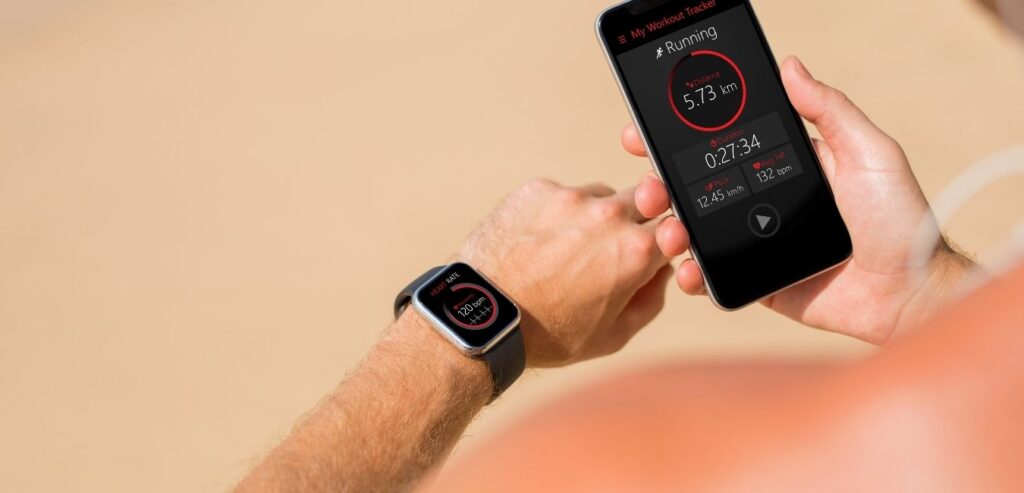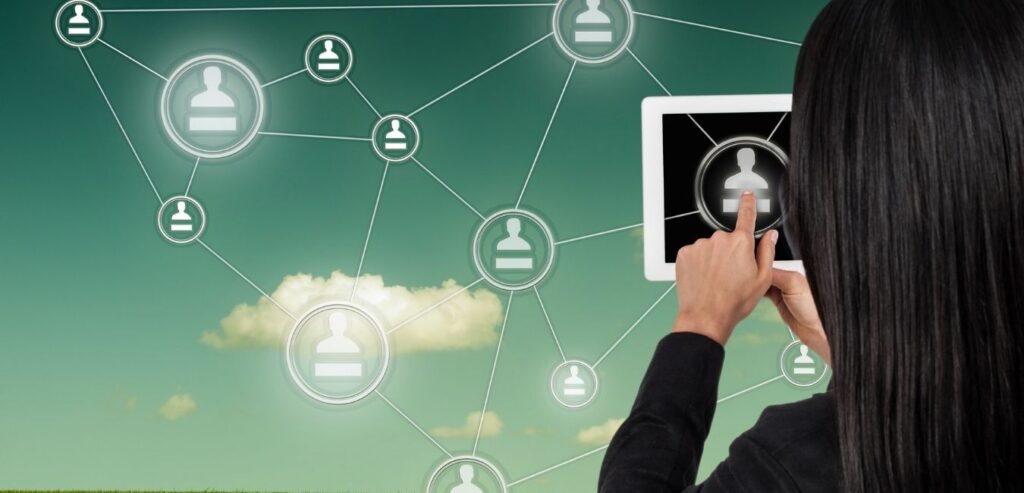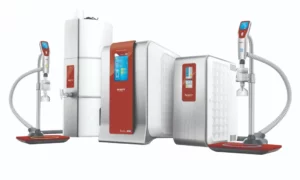As a first responder, you’re often the first on the scene of an accident. You may be there to help victims and save lives. Maxim Gorin, CEO of MGME Consulting, believes that technology like wearables, cloud computing, and secure virtual networks provide valuable data about how people react in emergencies, improve response time and make overall relief efforts more effective.
These relatively new technologies are helping our first responders by making data more readily available and secure, providing faster services, and improving collaboration between different organizations like EMTs, firefighters, and police.
Wearable Devices
“Wearable devices can do a lot to help first responders,” says Maxim Gorin. “Wearable tech, like smartwatches, shirts, jackets, and head mounts are starting to be seen more often in the EMS industry. These devices can monitor everything from a first responder’s heart rate to electrical impulses. For example, (smart) jackets can utilize light sensors to automatically adjust an EMT’s surroundings while head-mounted displays put real-time health data in front of them.
Embedded sensors in wearable tech could also help identify previously undetectable warning signs during a crisis. For example, if a first responder’s heart or respiration rate increases significantly, the responder and command center would be instantly alerted to the situation at hand. If the case allows, they may be removed from the incident, be empowered to take a step back or be dispatched assistance.
Wearable technology also has the power to detect tiny, almost invisible details about a first responder’s environment. Sensors can evaluate the air quality while tracking temperature and humidity or biological, chemical and radiation exposure.
All of this puts first responders in a better position to focus on the victim’s safety while remaining confident about their own.
Cloud Computing
The Internet can provide a wide range of services from data storage and servers to databases and networking. The term cloud computing refers to the idea that there’s an infrastructure made up of many different devices working together as one resource pool available online through any device with connectivity such as smartphones or laptops. For Maxim Gorin, cloud computing is one of the most significant technological developments of the past 20 years.
One advantage of cloud computing is that it allows first responders to access various local and national databases, helping them find information quickly. Cloud computing also integrates data into centralized servers to handle multiple actions at once using integrated apps.
Many local and national organizations and agencies are moving from traditional on-site software programs to cloud services. Once first responders are comfortable with the technology, their communication and decision-making processes can become more efficient, and Max Gorin feels this increased efficiency saves lives. In fact, in recent years, smartphones have replaced laptops as go-to devices to access the cloud for crucial information throughout a call or incident.
Secure Virtual Networks
The problem of having collaborative access to this much information is keeping it secure. One solution is storing credentials on authorized smartphones so first responders are freed from remembering complicated passwords during an emergency.
A product called AirWatch has been created by VMWare, which utilizes a secure tunnel between safe networks and mobile devices. This will bring an end to push-to-talk radios for EMS workers as they can communicate securely with this program on their smartphones instead of carrying around bulky two-way radios.
These secure virtual networks allow for increased access to data between all emergency personnel while ensuring that the information is kept as confidential as possible.
Final Thoughts
In an emergency, first responders must access real-time situational data to save as many lives as possible. New technology is making this a reality more than ever before. Because first responders have little to no control over the dangerous situations or environments they may find themselves in, it is critical to use every resource to protect those who help protect our communities. Agencies should consider wearables, cloud services, and virtual networks as part of a long-term strategy to prioritize the health of their first responders. Because when our first responders feel safe, they can better protect their communities.






































